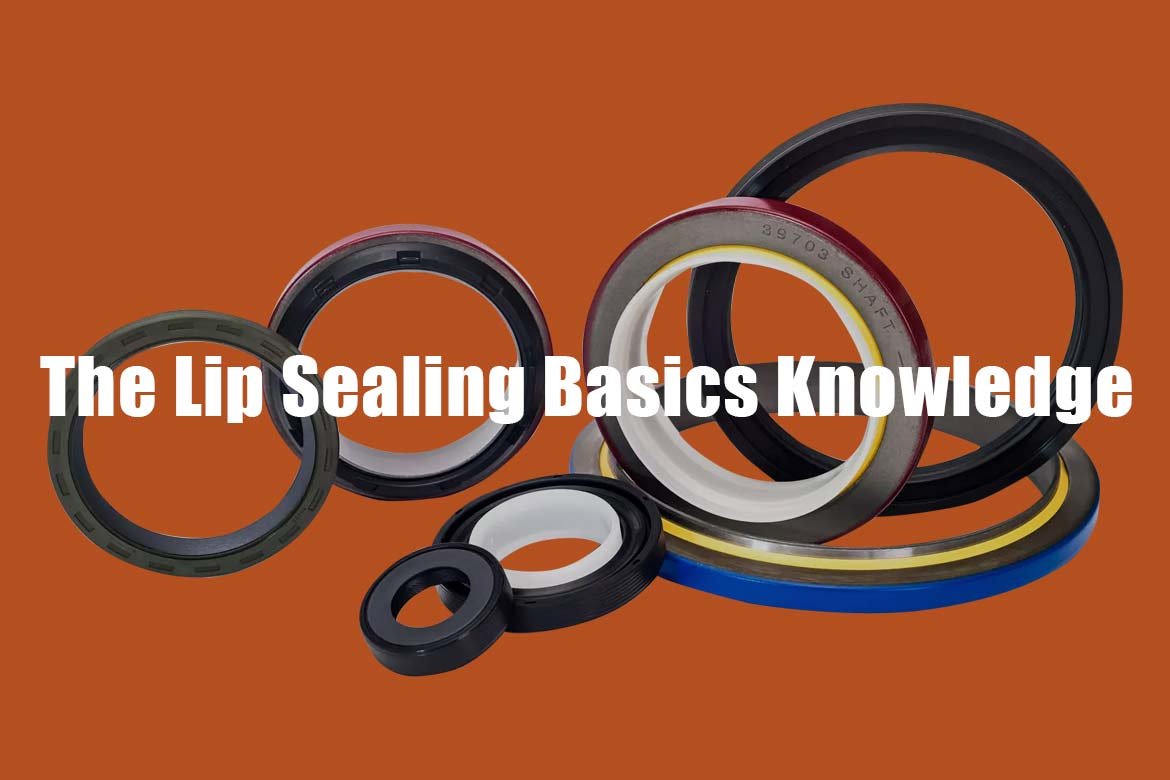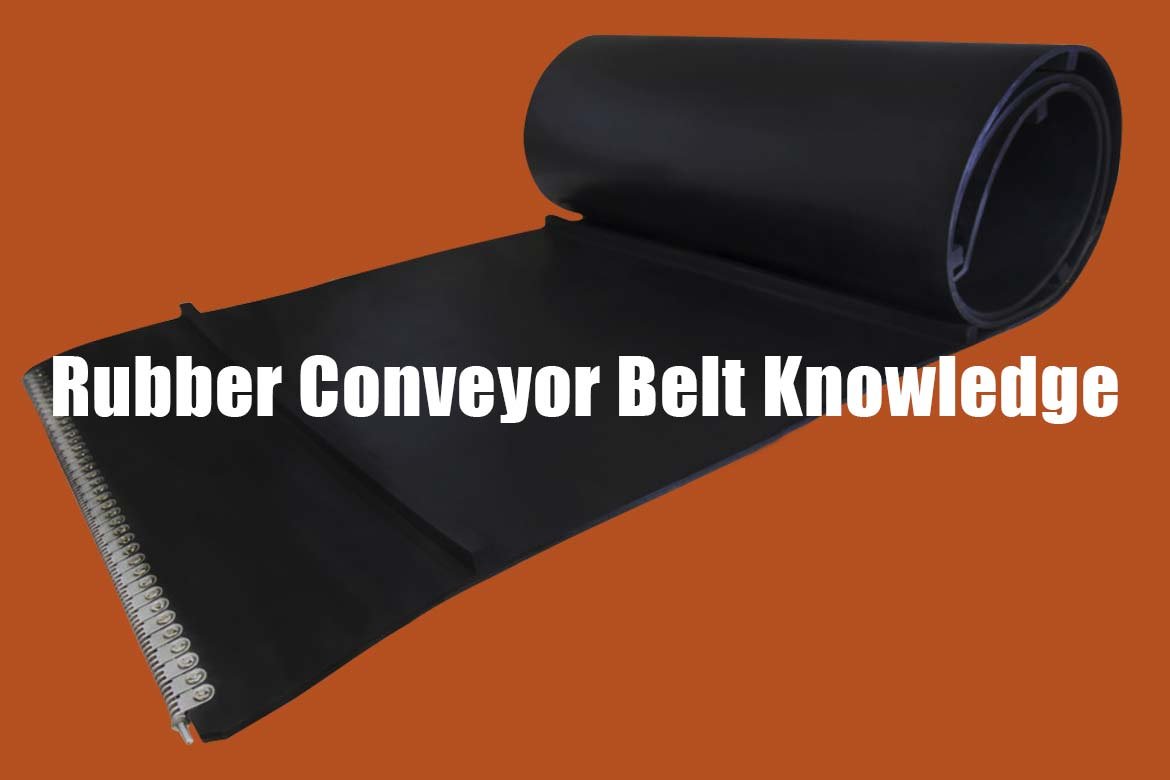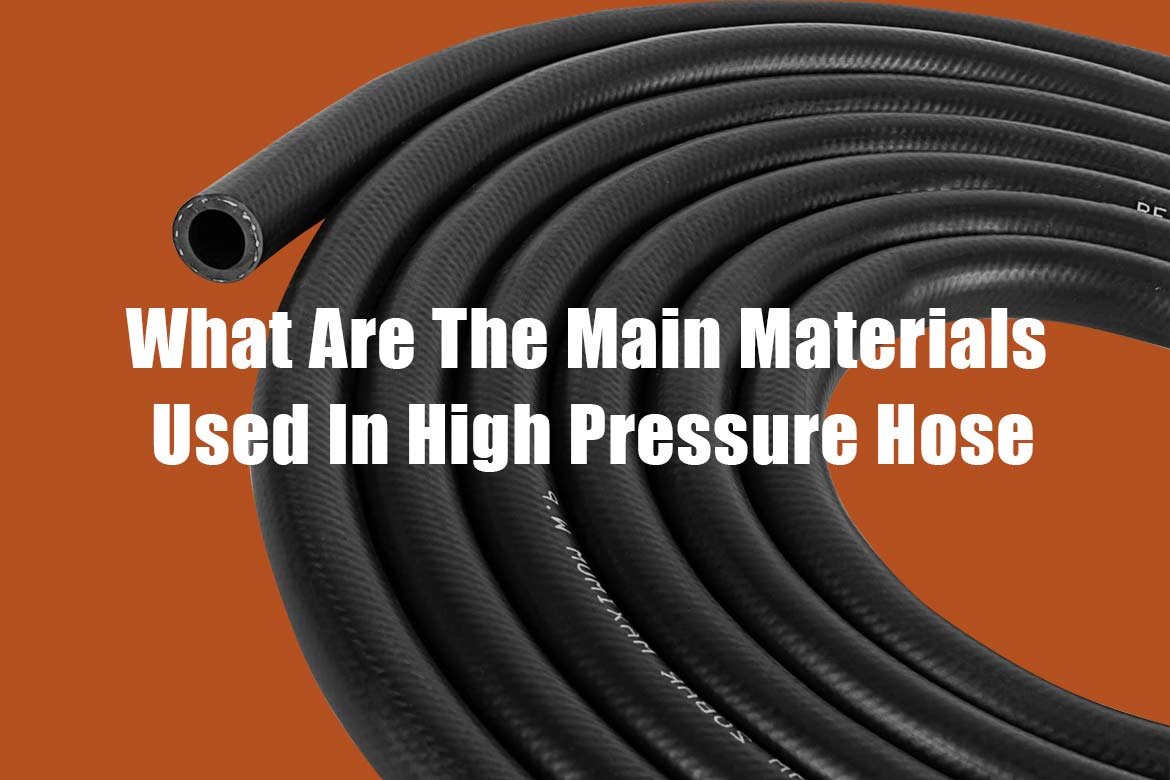O selo labial é um tipo de anel de vedação com efeito autovedante, ele depende do lábio para fechar a superfície da parte de acoplamento de vedação, bloqueando o canal de vazamento e obtendo o efeito de vedação. A pressão de trabalho do anel de vedação labial é a soma da força de pré-compressão e da pressão do fluido.
Quando a pressão do meio selado aumenta, o lábio é sustentado e adere mais de perto à superfície de vedação, e a vedação é ainda mais reforçada; além disso, a borda do lábio também tem a função de raspar óleo, o que melhora ainda mais o desempenho de vedação do anel de vedação. Existem representantes do anel de vedação de lábio de acordo com o formato da seção que pode ser dividido em anéis em forma de Y, anéis em forma de V, anéis em forma de U, anéis em forma de L, peças de anel em forma de J, anéis lei e outros tipos de vedações.
As vedações de lábio são usadas principalmente em vedações alternativas e vedações extrudadas, como vedações em formato de O, em comparação com vedações alternativas que usam vedações de lábio com melhor desempenho geral e maior vida útil.
A força de compressão da vedação do anel de vedação labial ocorre com a mudança da pressão média e a mudança, trabalhando sempre quando a pressão média muda, o que pode garantir força de compressão de vedação suficiente, mas não para produzir atrito excessivo.
As vedações de borracha do tipo compressão dependem principalmente da força de pré-compressão para produzir força de vedação, a pressão de contato do anel de vedação é dada antecipadamente, e o trabalho não pode ser alterado de acordo com a mudança da pressão média, se os requisitos de vedação forem de uma pressão muito grande, então a pré-pressão deve ser muito grande, e uma grande pré-pressão fará com que o anel de vedação e a superfície de vedação entrem em contato com a tensão e a área de contato aumentem, resultando em uma grande resistência ao atrito.
O atrito excessivo pode causar a quebra do selo, resultando em dificuldades de partida em baixas pressões ou fenômenos de fluência. O selo de lábio pode compensar a pequena quantidade de desgaste por meio do reforço e deformação do lábio, para garantir o efeito de vedação e a vida útil da vedação: e selos de anel O com a redução da margem de atrito, o que afeta diretamente sua vedação.
Além disso, as vedações de anel de vedação na vedação de movimento alternativo são fáceis de produzir tombamento, torção e outros fenômenos, enquanto as vedações de lábio de tombamento e fenômenos de torção são menos óbvias.
Comparado com os anéis de vedação O, vedação labial a principal desvantagem é que só pode fazer vedação unidirecional, se você quiser ser usado como uma vedação bidirecional com duas vedações, o que fará com que o comprimento da vedação aumente; dificuldades no projeto da ranhura, e entre as duas vedações produzirá óleo preso, resultando em danos à contrapressão; e vedações pré-pressurizadas do formato da seção da simetria esquerda e direita, podem ser usadas como uma vedação bidirecional, volume menor, o projeto da ranhura é fácil.
Com base na comparação acima, no caso de permitir uma pequena quantidade de vazamento, as vedações extrudadas podem reduzir o tamanho da ranhura; e no caso de requisitos de alto desempenho de vedação, o uso de selos labiais com melhor desempenho geral. A função da vedação é evitar vazamentos, e a prevenção eficaz de vazamentos é o requisito primário para dispositivos de vedação. A vedação reflete o nível de controle de vazamentos.
Para vedações de movimento, o atrito é um fator importante relacionado à qualidade do movimento. A vedação e o atrito estão sempre em tensão um com o outro. Em termos gerais, um aumento no desempenho da vedação leva a um aumento no atrito, o que leva diretamente a uma redução na capacidade e qualidade do movimento; e o atrito acelera o desgaste do selo.
O atrito também pode ser um componente importante do carregamento de sistemas de baixa pressão. A capacidade de resistência da vedação reflete a alta pressão do meio de trabalho que pode ser selado, o que é um indicador importante da vedação hidropneumática.
Os requisitos básicos da vedação labial podem ser resumidos da seguinte forma.
1) desempenho de vedação.
2) desempenho de atrito.
3) resistência à pressão.
4) vida.
5) Desempenho da instalação.
6)Economia.
O desempenho de vedação acima, o desempenho de atrito e a resistência à pressão são desempenhos independentes, a combinação das três propriedades das vedações para obter um desempenho abrangente; o desempenho abrangente do tempo de retenção é a vida útil das vedações; o projeto real do desempenho e da economia da instalação também deve ser um indicador importante.
O desempenho abrangente da vedação não está relacionado apenas ao desempenho da vedação em si, mas também a diversas condições relacionadas ao uso das vedações. Portanto, o exame do desempenho da vedação não se refere apenas ao desempenho das vedações ou da combinação de vedações em si, conhecido como desempenho do monômero, mas também às vedações nos componentes hidráulicos e pneumáticos após o desempenho real da vedação, conhecido como desempenho real da vedação.
O desempenho do monômero de vedação de borracha tem os seguintes itens
1. Fricção de vedação de borracha
O atrito está relacionado ao desempenho das características do movimento, o movimento do atrito do selo, dividido em atrito estático (atrito inicial) e atrito cinético (atrito deslizante) dois tipos de atrito. O atrito é afetado pela rugosidade da superfície deslizante, velocidade de deslizamento e pressão de trabalho, estado de lubrificação do selo, colocado no tempo e muitos outros fatores, fácil de produzir grandes mudanças.
O cálculo do atrito é mais difícil e deve ser obtido por experimento. O atrito estático é afetado por uma variedade de fatores, o erro de medição é relativamente grande e o valor medido só pode ser usado como referência. Comparado a ele, o atrito dinâmico pode obter um valor de medição mais estável e importante.
2. Resistência ao desgaste
A resistência ao desgaste é a vida útil do selo das características de um grande impacto e desempenho de fricção, é afetada por uma variedade de fatores. Especialmente em selos pneumáticos, o estado de lubrificação é ruim, e a resistência ao desgaste se tornou o principal indicador de vida útil. Para selos feitos de borracha sintética ou resina sintética, a resistência à abrasão do material pode avaliar a resistência à abrasão do selo.
Mas não necessariamente completamente consistente com os resultados do uso real do selo, porque há muitos fatores que afetam o desgaste no uso. Para que a resistência ao desgaste da avaliação dos produtos de vedação, para selar o uso real dos componentes na resistência ao desgaste seja mais significativa.
3. Resistência à excentricidade
Na vedação dinâmica, a superfície de acoplamento do componente da tolerância de ajuste produzirá uma folga. Essa folga, no caso de carga e vibração, causará excentricidade do eixo, afetando o desempenho da vedação. Por esse motivo, as vedações também devem garantir desempenho de compensação suficiente para tal excentricidade.
Além disso, em baixas temperaturas a elasticidade das vedações de borracha sintética é reduzida, resultando em uma redução na capacidade de compensar a excentricidade dos seguidores. Quanto menor a temperatura, mais grave esse fenômeno, portanto, a excentricidade também pode refletir o desempenho da vedação em baixas temperaturas.
4. Estresse de contato
As vedações dependem de um certo estresse de contato para garantir a vedação, as vedações nas condições de deformação devem garantir força elástica suficiente. O estresse de contato determina o formato do filme de óleo, o desempenho da vedação e o atrito, o desempenho esportivo tem valor de referência.
As vedações devem ser examinadas para verificar seu desempenho real.
1. Desempenho de vedação
O desempenho da vedação é um requisito importante para vedações e dispositivos de vedação. O vazamento na vedação é uma medida dos indicadores de desempenho da vedação. O desempenho da vedação não é apenas as vedações, mas uma variedade de instalações de vedação e a vedação da superfície de acoplamento dos vários elementos da combinação de todo o dispositivo de vedação.
2. Resistência à excentricidade
Aqui é considerado após o desvio de folga real, e aplica-se uma certa resistência de excentricidade de carga excêntrica.
3. Atrito (baixa pressão de trabalho)
A aplicação real do atrito é o tamanho da baixa pressão de trabalho a ser avaliada. Para vedações reciprocantes, o atrito de partida é maior que o atrito cinético, mais complexo e afeta o desempenho de partida. O atrito da vedação é medido pela baixa pressão de partida, o que é de importância prática. Portanto, a vedação dinâmica geralmente recebe uma baixa pressão de trabalho.
4,. Desempenho abrangente
Requisitos de desempenho abrangentes do dispositivo de vedação nas condições operacionais especificadas, para atender aos requisitos de desempenho acima e trabalhar por um determinado tempo, portanto, este indicador também reflete que a vedação geralmente recebe uma baixa pressão de trabalho.
Acima estão os conhecimentos básicos sobre vedações de mola, se você tiver alguma necessidade de vedações ou mangueiras, entre em contato Chris Zhou (zhou@sterubb.com), somos um exportador profissional de vedações e mangueiras industriais.




